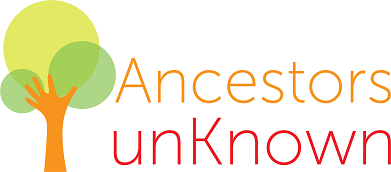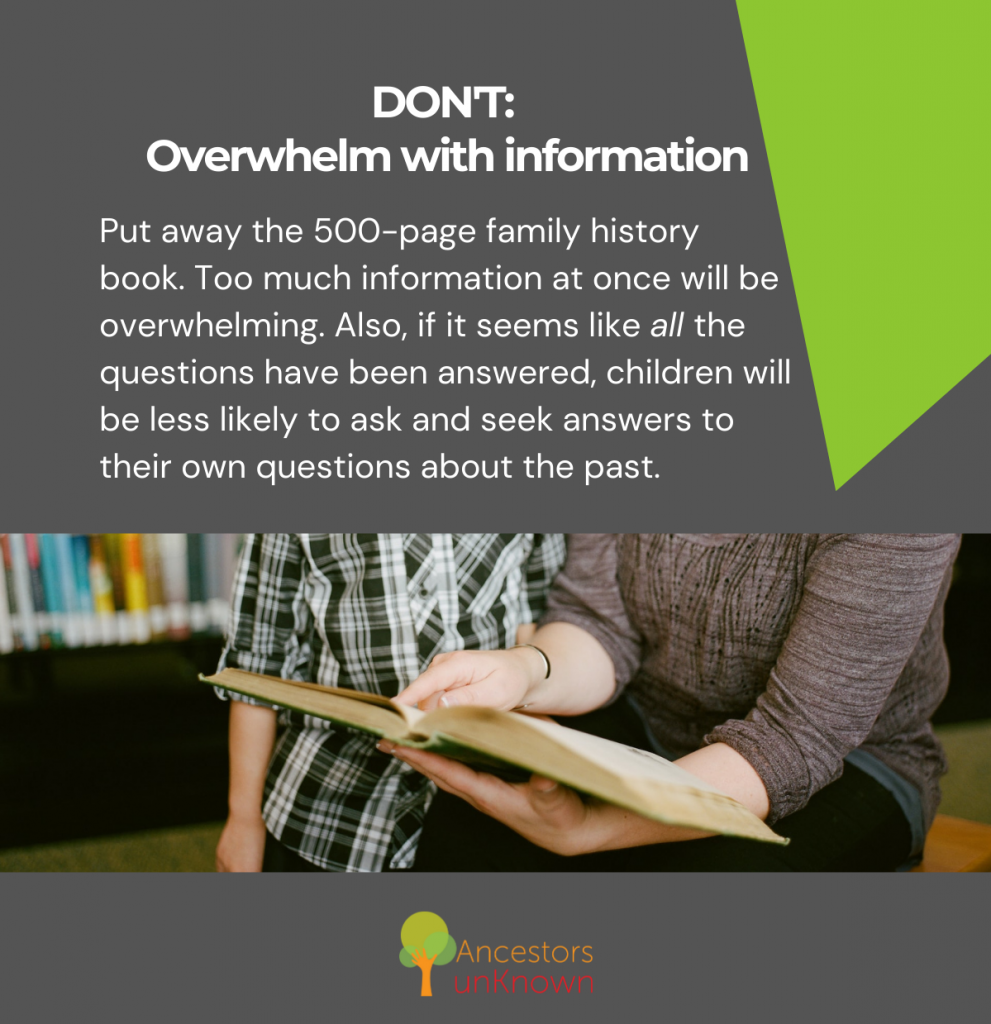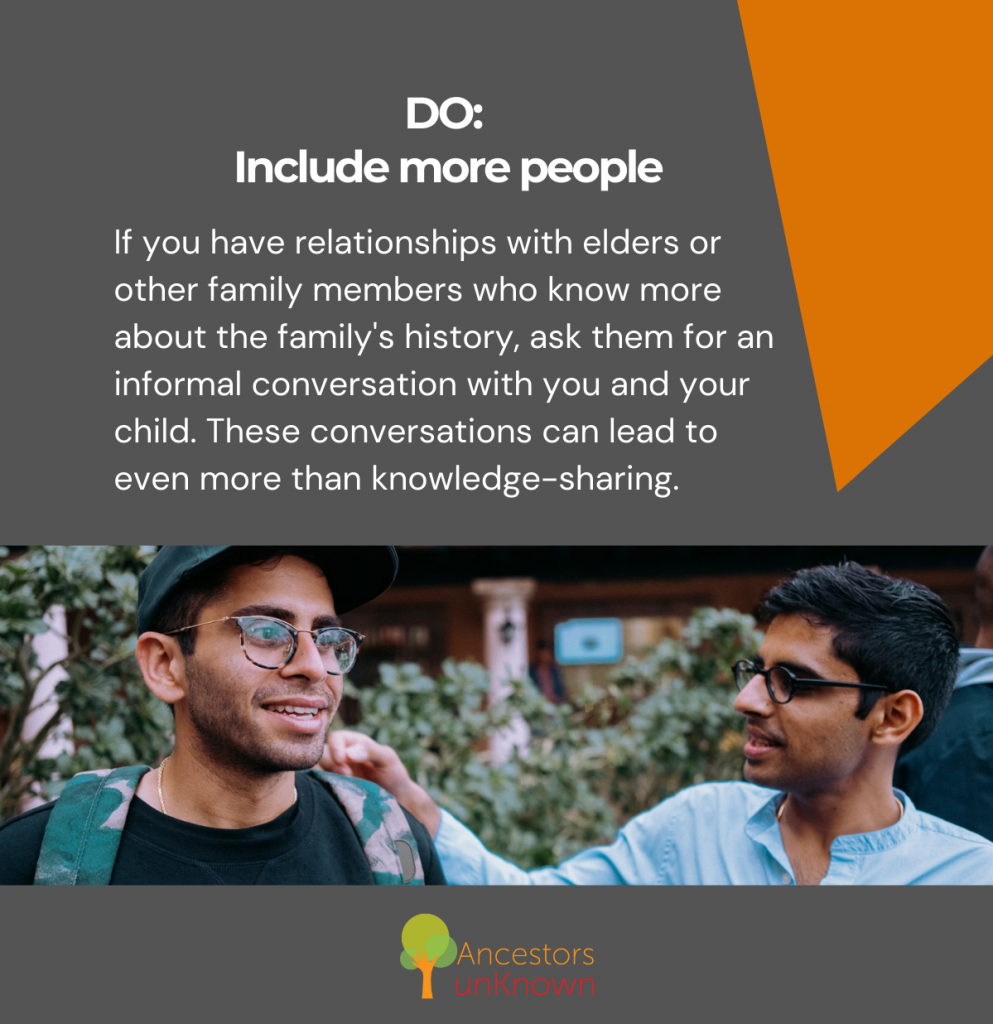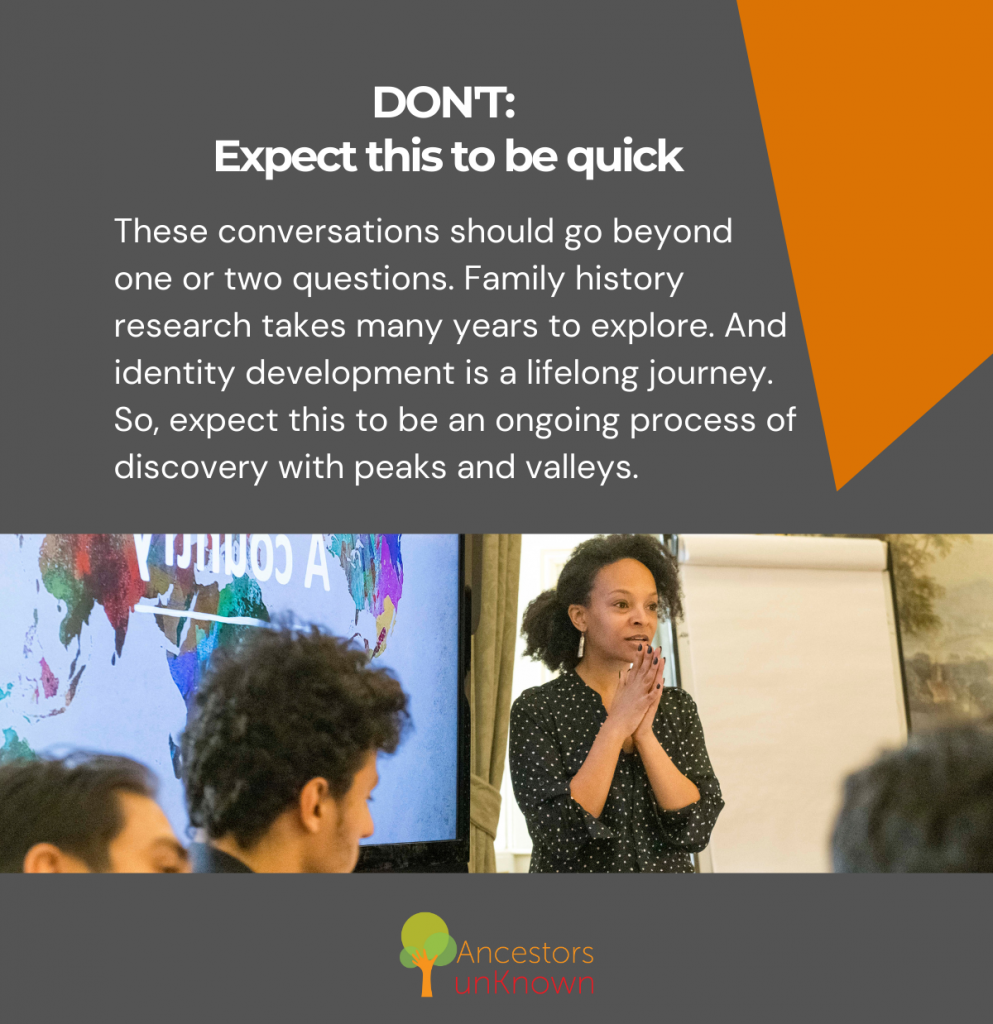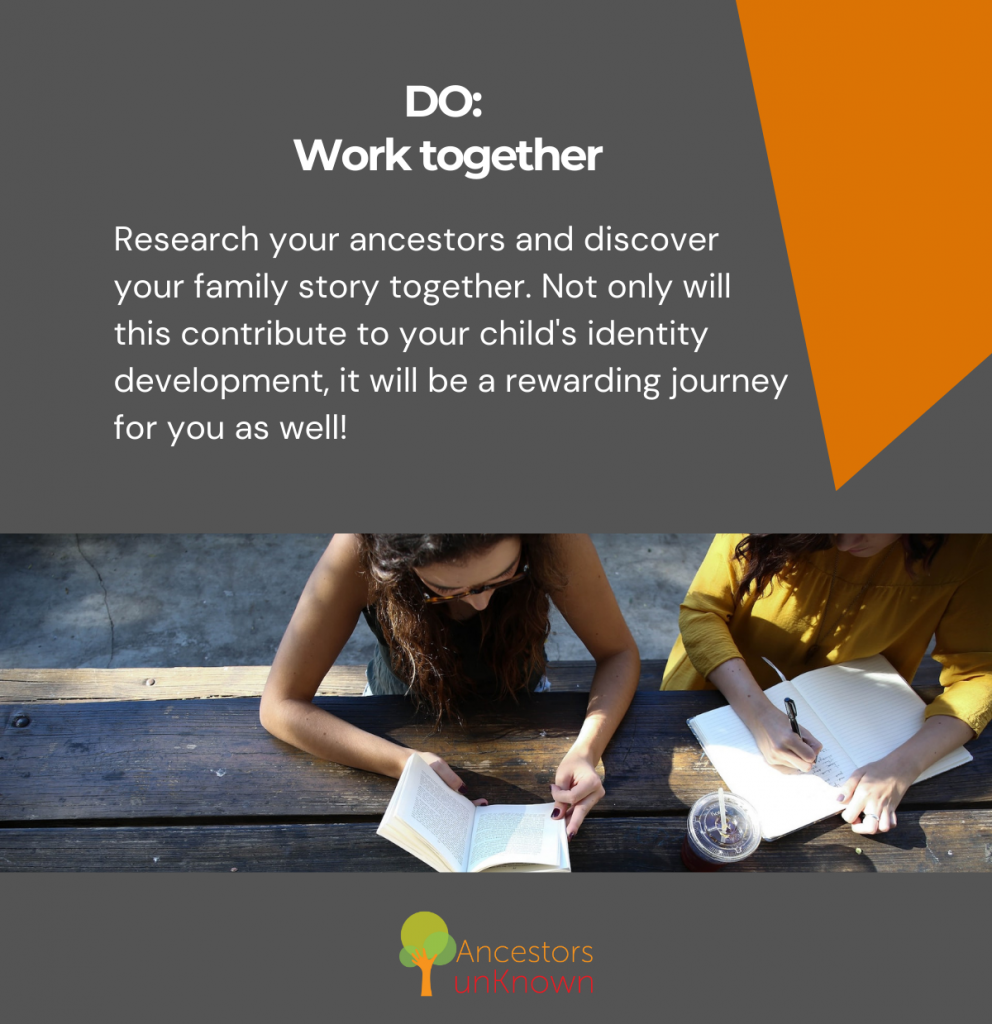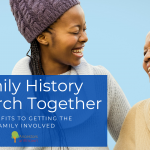How to respond when a child asks about their history and identity
Do you know how to respond when a child asks you about their history and identity? Whether you’re a parent, grandparent, auntie, uncle, or any other supportive adult in a child’s life, you can play an important role in that young person’s identity development. So, it’s a good idea to be prepared if/when questions about identity come up.
When does identity develop?
Our identities are constantly evolving at all ages. As an adult, your identity can be influenced by your surroundings, relationships, work, significant experiences, and any information that you acquire or learn about yourself over time. Yet, as a child, when you’re just becoming familiar with the world around you, your identity is more heavily influenced by the adults in your life, including family members and the wider community of people who support you.
Although children who are shaping their identities will want to do much of this work on their own, they’ll also seek support and guidance from adults they trust. This is especially true for adults who they believe can provide insight into their childhood, their family history, and the communities to which they belong.
When a child comes to you with questions like, “Who am I?” or “Where does our family come from?”, Ancestors unKnown has some advice about what to do – and what to avoid doing.
1. DO: Encourage the child’s curiosity about their history and identity
When a child brings up questions about their identity and/or your family’s history, this is the perfect opportunity to nurture their curiosity. Try asking more questions to encourage them. For example, ask them why they want to know this information. What do they want to learn about themselves by asking questions about the family’s history? Also, share some of the questions you’ve asked about your own identity and history. Do you have any of these questions in common? Opening up the conversation to more questions can potentially increase the young person’s curiosity and excitement to learn more.
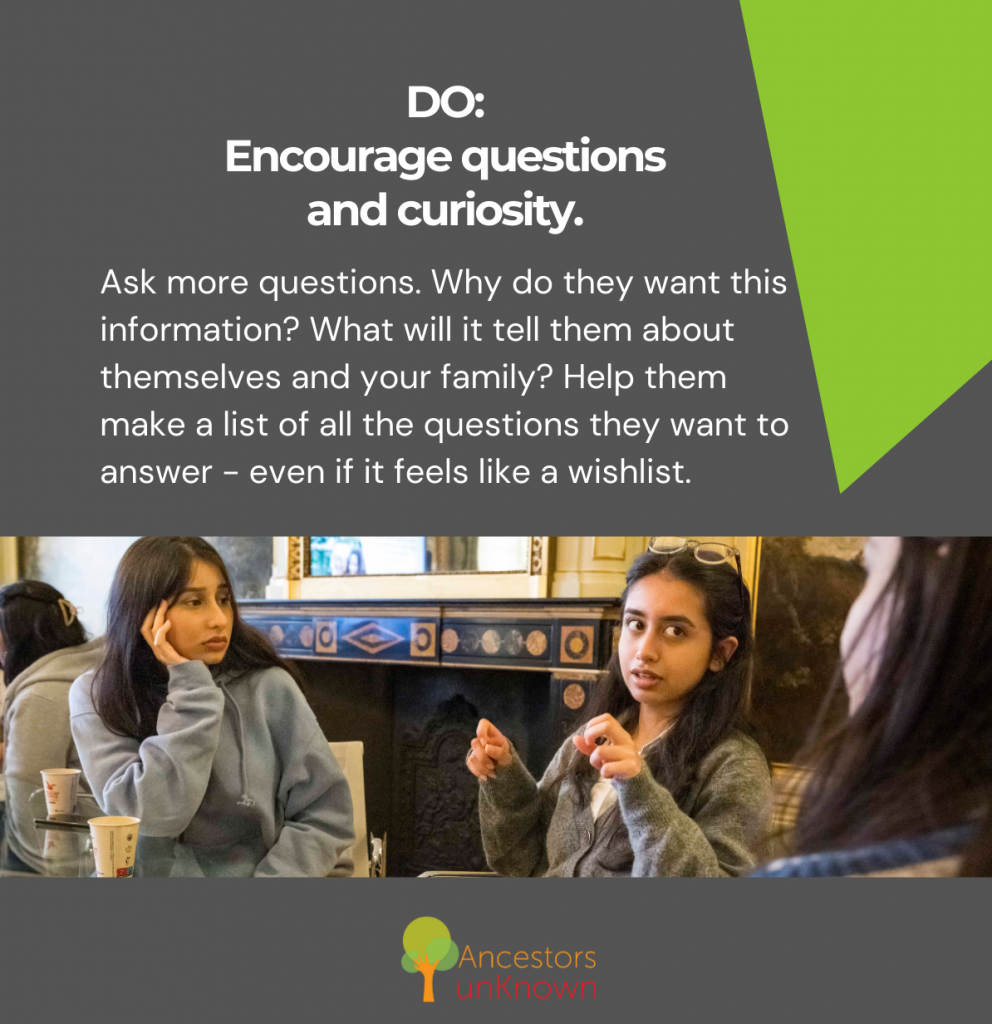
2. Don’t: Shut down the conversation
Conversations about identity can be challenging, and even uncomfortable for children and adults. Therefore, you’ll want to choose your responses carefully to avoid ending the conversation before it really starts. For example, if you seem negative, or if you discourage the child’s interest in the past, you could abruptly end their curiosity. Avoid talking about your own frustration about the little bit of information you know about your family’s history. Also, avoid short or sarcastic responses that imply your negativity, such as “Beats me!” or “I have no idea.” Even if you feel this way (which is okay and understandable!), try to maintain a positive and encouraging attitude while in conversation with the curious young person.
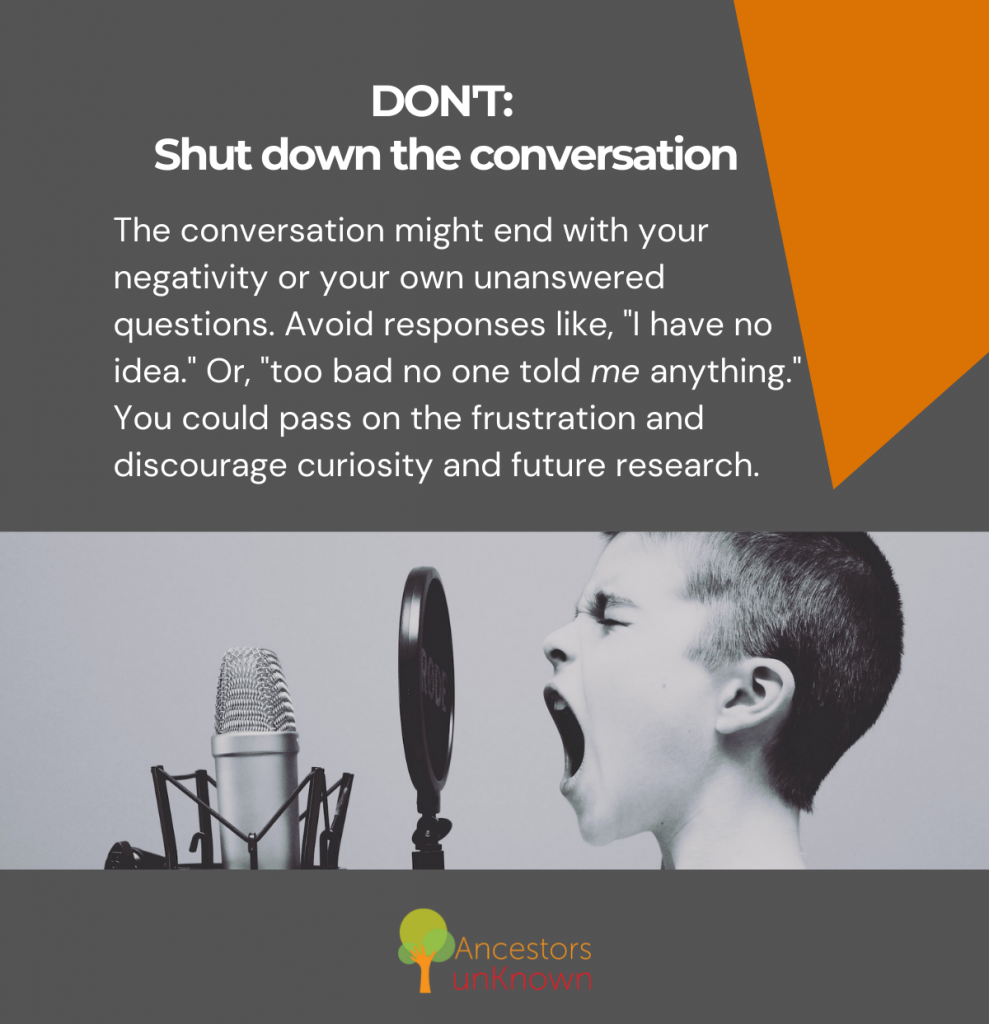
3. Do: Share stories about your history and identity
Believe it or not, you know more about the past than you might think! At least, you know more than the younger people in your life – because your own memories are valuable. If a young person wants to know more about their history, start by sharing details about your life and what you remember from your childhood. Share special details about the older people who had an influence on you, or maybe you have some pictures to share. By sharing your own stories, which can include relatable and inspiring information, you’re sparking an opportunity for a young person to learn from you and your past.
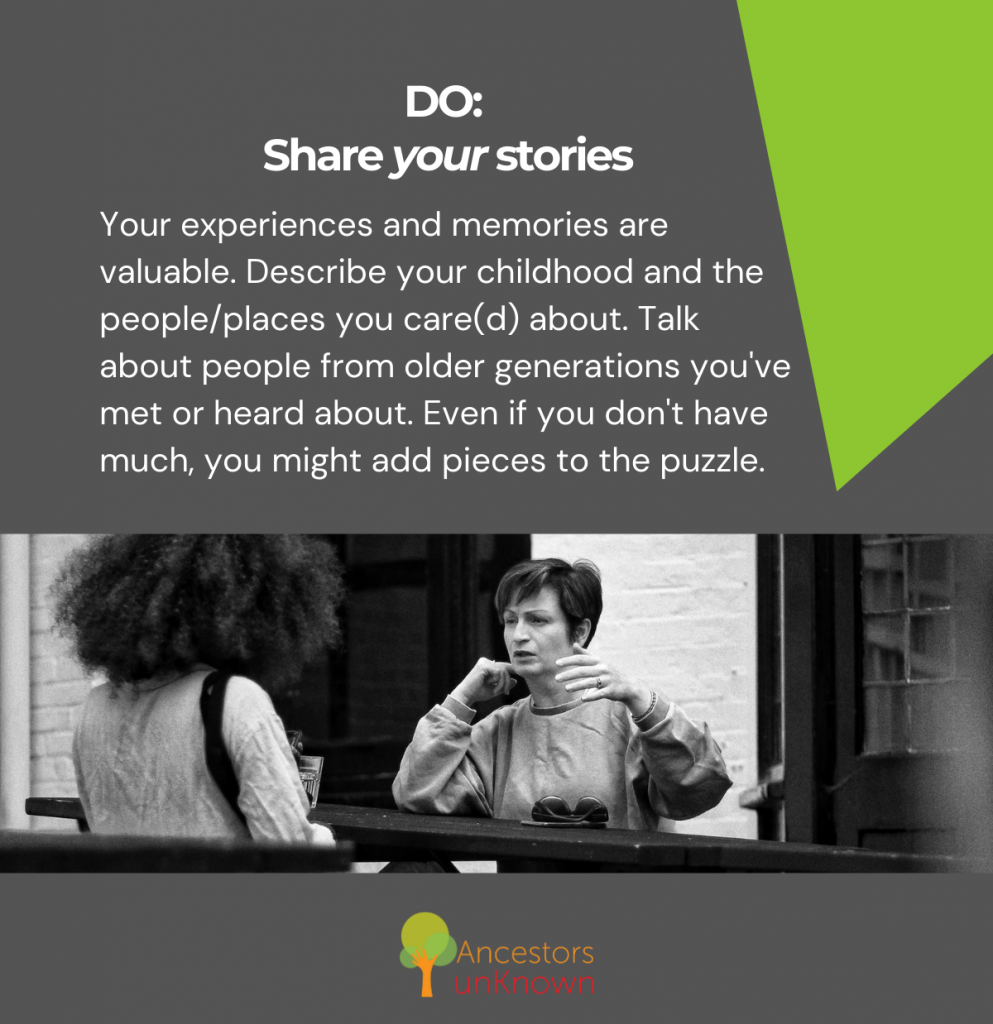
4. Don’t: Overwhelm the child with information
There is such a thing as too much information. Sure, you might get excited to share everything you know the moment a young person expresses interest. But try to hold your enthusiasm back a little until they’re ready for the full information download. Don’t start the conversation with the gigantic family history book or your great-grandmother’s diary. This might overwhelm the young person and have the opposite effect from what you want. Also, you want to create the space for the child to develop and ask their own questions. If they feel like all the questions have already been answered, then what’s the point of their own curiosity?
5. Include more people in the conversation about your family’s history
You’re probably not the only person in your family or community who has information or memories from the past. When a young person raises questions about the family’s history or where they come from, try asking community elders or other family members for their input. This could be a short phone call or a more formal oral history interview. Either way, getting others involved in the conversation will create a richer experience for the child and provide diverse perspectives about the past.
6. Don’t: Expect this to be quick
Oh, you thought this was going to be a short conversation that won’t come up again? Sorry, that’s probably not the case! As described above, identity development is a lifelong journey for you and the young person in your life. If a child asks questions about the past and your family’s history to better understand their identity, think of this as the beginning of a much longer process. Although there are no quick or easy answers to questions about history and identity, it can lead to a rewarding experience for you and the curious young person.
7. Do: Work together to explore your history and identity
In an earlier blog post, we described the benefits of a family working together to discover their family’s history. So, when a child expresses interest in learning more about the past and how it’s made them who they are today, take this opportunity to answer the questions together!
Do you want more support to nurture a young person’s curiosity about the past? Ancestors unKnown is here to help!
Purchase a Family History Toolkit (available in English and Dutch) for the tools you need to get the family conversations started – and your family history research growing. And leave a comment to let us know how it’s going!
